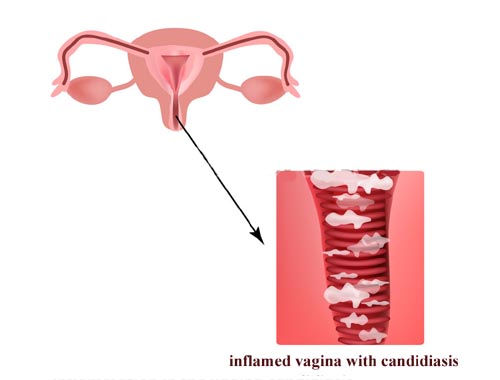Yeast Vaginitis (Candidiasis)
Yeast vaginitis, commonly referred to as yeast infection, is an all-too-familiar problem for many women. It can cause extreme itching and burning in the vulva and surrounding area and can be very hard to cure. Yeast is a type of fungus; when one speaks of a yeast infection this is referring to the fungus scientifically known as Candida. The specific type of fungus most commonly responsible for vaginitis is Candida albicans. Yeast is commonly present on normal human skin and in areas of moisture, such as the mouth and vagina. In fact, it is estimated that between 20% to 50% of healthy women normally carry yeast in the vaginal area. Yeast vaginitis or yeast infection occurs when the naturally-occurring bacteria of the vagina are killed, allowing the yeast to overgrow. Frequent yeast infections can also indicate other underlying conditions such as diabetes, or suppressed immune system. Because the symptoms may mimic bacterial infections in the vagina and other conditions, including urinary tract infections, it's best to visit a doctor if you develop symptoms of yeast vaginitis. These symptoms may include itching, burning and pain in the genitals accompanied by a white discharge the consistency of cottage cheese. The discharge associated with yeast vaginitis is not foul-smelling, but rather smells like sour milk. The distinctive discharge may not be visible, however, which can be misleading. Your doctor can do a very simple swab test to make sure she is treating your vaginitis correctly. Applying yeast remedies for other conditions will not help and may in fact aggravate them.
